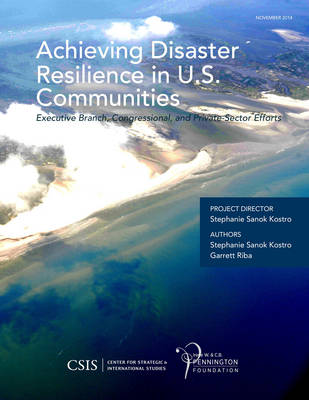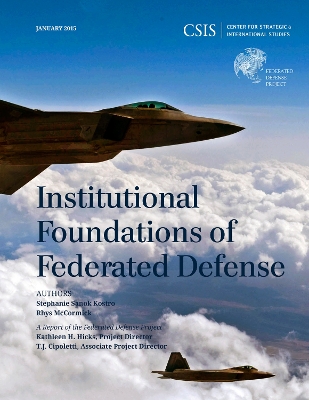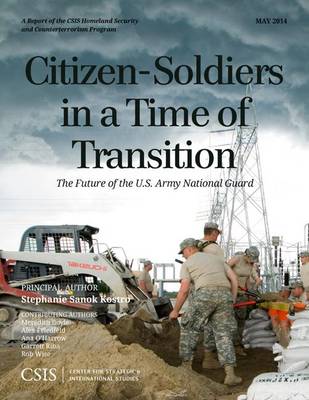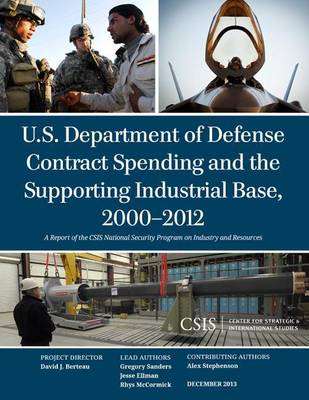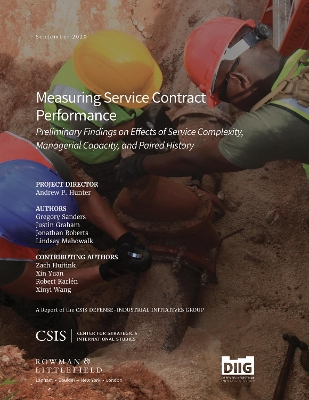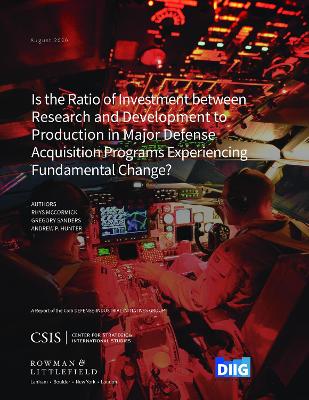CSIS Reports
8 total works
Achieving Disaster Resilience in U.S. Communities
by Stephanie Sanok Kostro and Garrett Riba
Institutional Foundations of Federated Defense
by Stephanie Sanok Kostro and Rhys McCormick
U.S. Department of Defense Contract Spending and the Supporting Industrial Base, 2000-2012
by Gregory Sanders, Jesse Ellman, and Rhys McCormick
Measuring Service Contract Performance
by Andrew P. Hunter and Gregory Sanders
Researching and manufacturing fighters, ships, and tanks are only part of the picture for defense contracts. Contracting for services accounts for over 41 percent of DoD contract obligations in 2018. Services include maintaining equipment, moving people and things, creating software, providing server space, and construction. Service contracting is challenging as services can be difficult to define and measure. But services are increasingly central to the U.S. economy. The Department of Defense seeks to attract new firms that will increase its speed and agility-many of these firms are service providers, e.g., data analytics or cloud computing. CSIS looked at a million contracts to evaluate how three factors influence performance:
1.service complexity
2.contract-management capacity
3.vendor's history working with a DoD contracting office
The existing data fails to explain large differences in contract office performance. More DoD transparency about contracting office capacity could help make a case for further investments.
The report also found that when vendors and contracting offices have a longer history, they tend to have better results. That means DoD needs to think not only about recruiting new partners, but also about helping them succeed.
With the advent of the information age, both commercial industry and the Department of Defense are moving towards complex R&D-intensive systems over the simpler, mass-produced systems of the industrial age. This CSIS report analyzes the historical trends in the relationship of production costs to development costs in complex acquisition programs. To understand this phenomenon, the study team examines it at two different levels. The first is the macro investment level where portfolio management trade-offs are made between aggregate development and procurement and between programs. The second level is individual programs where the ambitions of the program and the underlying technology shape the resources required for a program to complete development.
Leveraging Networks in Future Operations
by Gregory Sanders and Rhys McCormick
